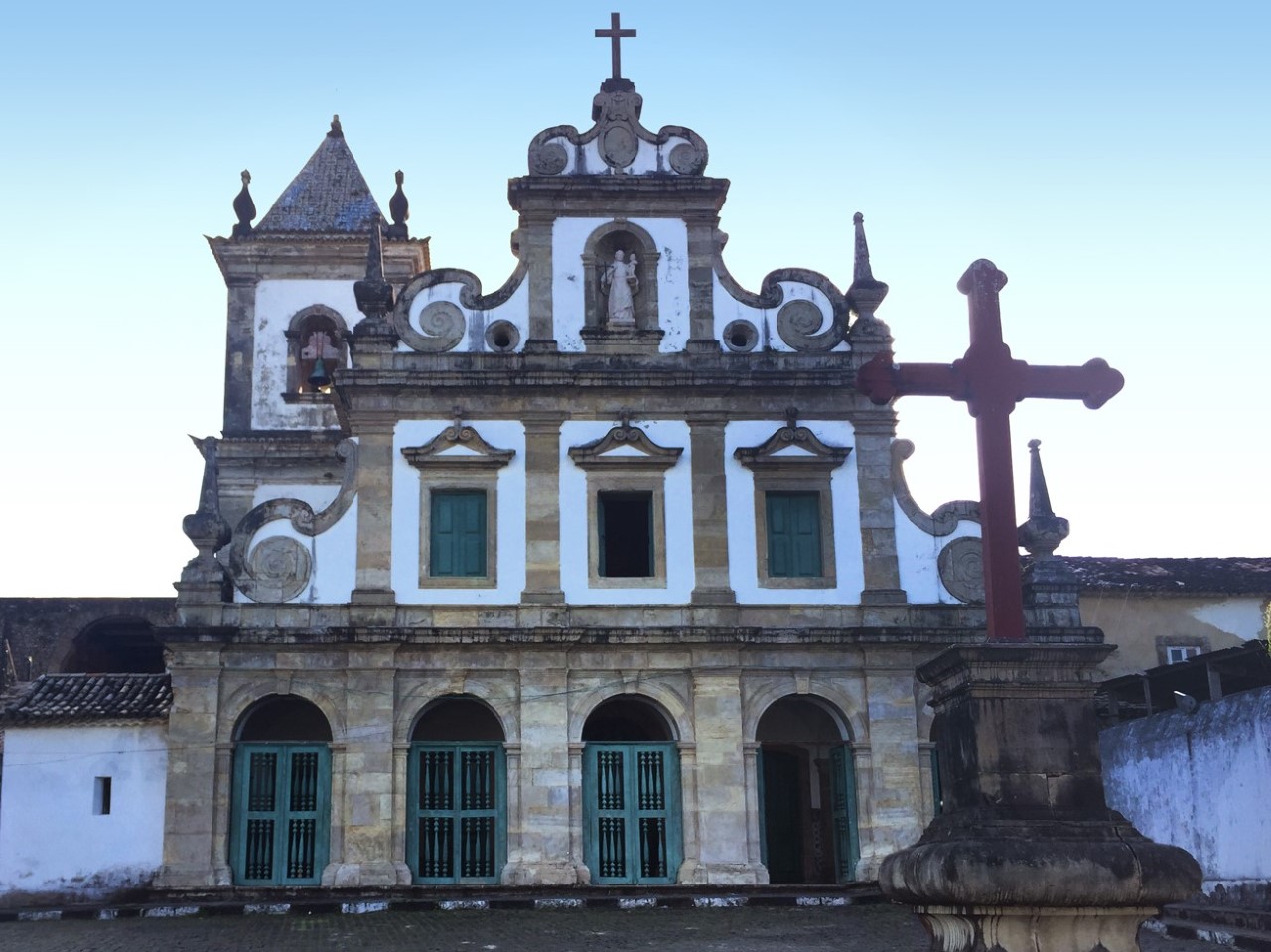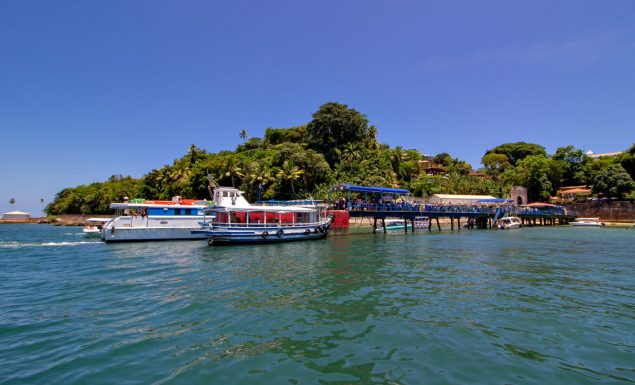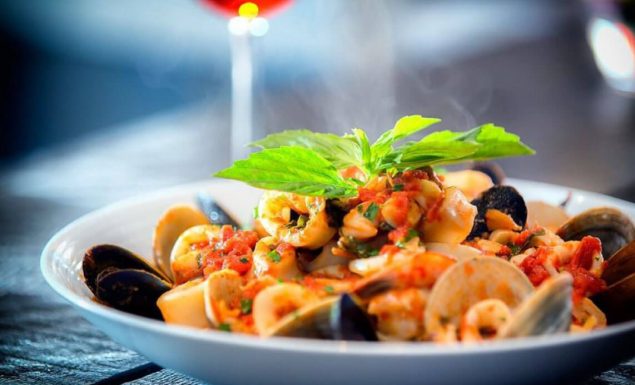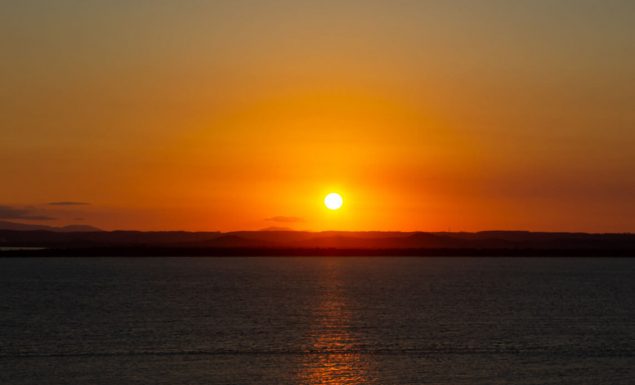
History
Morro de São Paulo is a village located on the Island of Tinharé, in the Municipality of Cairu, in the coastal region known as Costa do Dendê, in the State of Bahia, Brazil. It has its historical roots in Brazil Colonization. Currently, its beaches (The First, Second, Third, Fourth, Fifth (or Encanto), Gamboa, Porto de Cima and Garapuá) are frequented by tourists from all over Brazil and other countries.

The region of the Reconcavo Baiano was inhabited, until Century XVI, by the Indians Tupinambás. [1] Martim Afonso de Sousa disembarks on the island in 1531 and baptizes her with the name of Tynharea. Due to its privileged geographic location, it was the scene of countless attacks by French and Dutch squadrons, a true free zone of corsairs and pirates during the colonial period.
Under the authority of the Captaincy of São Jorge do Ilhéus, Jorge de Figueiredo Correia received the property from Dom João III, and he appointed Francisco Romero for the task of colonization of the lands. The constant attacks of the Aimores and Tupiniquins Indians to the continental population of the region favored the rapid population of the islands, and in 1535 was born, located in the northern part of the island, the village of Morro de Sao Paulo.

Morro de São Paulo had the task of protecting the so-called 'false barrier of Bahia de Todos os Santos', a strategic entrance for the Canal de Itaparica to the Fort of Santo Antonio (now Farol da Barra). The Tinharé canal was essential in the transshipment of the production of the main centers for the supply of capital Salvador. The geographic importance of the Island during the colonial period justifies the great presence of historical monuments, now protected by the National Historical Patrimony. In the context of the restructuring of Fortaleza de Morro de São Paulo, the opening of the Museum of Territory of Forte de Morro de São Paulo, in its initial nucleus, was announced for March 2017.
History of the City of Cairu
The region was originally inhabited by the Aimorés Indians. The penetration in the territory began in the first half of the sixteenth century, by Francisco Romeo, the Captain of the Captaincy of St. George of the Ilheus, who, enchanted by the pleasant climate and the gracefulness of the place, began a settlement there, facing anger of the Aimorés. It was made a town in 1608, the most important of the colony, including being ombudsman office of the Captaincy of Ilhéus. Municipality created by Carta Regia of 1608, dismembered from Ilhéus, receiving the denomination of Town of Our Lady of the Rosary of Cairu. The town hall, formed parish with the orago of Our Lady of the Rosary, in 1610 was elevated the category of town, through the State Decree of 30.03.1938. The toponym is Tupi word meaning House of the Sun.

The seat of the Municipality is located on the Island of Cairu and is divided into high city, where the city was born, and the lower part of the city. In the upper town there are some buildings with historical importance, such as the Church of Our Lady of the Rosary (1610) situated on an elevation overlooking the Convent of Cairu. From the top there is a beautiful view of the region. The surrounding houses, small, form a pleasant architectural ensemble. Do not forget to see the images of Our Lord the Rosario, Our Lady of Sorrows, São Jose and São Miguel.
The sacristy conversation windows made of sandstone are also very beautiful. There are still houses with loft and two floors, and, at the entrance of the city, the old town hall, possibly from the end of the 18th century. Erected where was existed a small hermitage of invocation to Santo Antonio, there is the Church and the Convent of Santo Antonio, whose façade, preceded by stone cruises, faces the sea that separates the islands of Tinharé and Boipeba.
Chronology
1531
Disembarkation of Marim Afonso de Sousa and beginning of colonization1535
Foundation of the Village of Morro de São Paulo in the extreme north of the island by Francisco Romero and the local population.1624
On their route to Salvador, Commander Johan van Dorth and his squadron disembark on the Island.1628
The island is attacked and sacked by the Dutch admiral Piet Heyn.1630
Construction of the Fortaleza de Morro de São Paulo started by order of Governor-General Diogo Luiz de Oliveira1728
The construction of the Fort of Ponta was completed. Lusitanian troops defeat French Admiral Nicolas Durand de Vellegaignon.1746
Construction of Fonte Grande, the largest water supply system in Bahia Colonization.1845
Concluded the works of the Church and Convent Santo Antonio.1855
Lighthouse Construction1859
The island received the visit of the Brazilian Imperial Family and Dom Pedro II1992
Created the APA (Area of Environmental Protection) Tinharé-Boipeba that includes the two Islands.2006
The CAIRU 2030 Project is delivered by the Inter-American Development Bank and UMA to Cairu City Hall.2009
Approved the restoration of the Morro de São Paulo Fortress
Source: wikipedia








